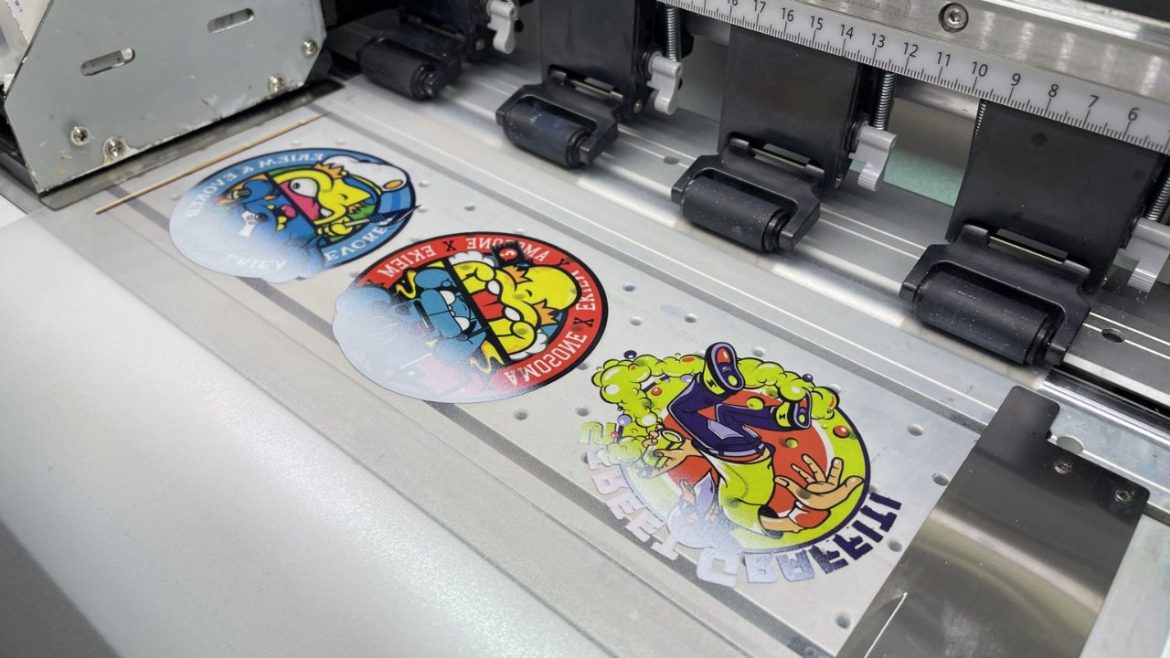Direct-to-Film (DTF) printing has been a game-changer technology in the digital textile printing marketplace, providing an outstanding degree of adaptability, economy, and out-of-this-world levels of printing excellence to garment decorators and custom product companies around the globe. The most notable figure in this evolution is AGP (A Good Printer), a veteran Chinese company with experience of over 16 years in the sector. The company has acquired a solid and well-built partnership with Epson and is dedicated to constant improvements and innovations, which have made AGP the reliable reference in the field of DTF technology. All things considered, this article aims to give a detailed explanation of what direct to film printer is, and the reasons that popularized this method among businesses all around the globe through the prism of AGP as an expert in the field.
What is the DTF Printing?
DTF printing is a heat transfer printing procedure that enables models to print in special PET film and then transfers to different fabrics with the use of a heat press. As opposed to conventional direct-to-garment (DTG) printing, where the ink is placed directly onto fabric, DTF allows the transfer medium, enabling it to be used with a broader variety of non-textile materials such as cotton, polyester, blends, and even performance wear. The ability to do so provides DTF printing with a customer advantage among businesses interested in customizing various types and assortments of products, such as t-shirts, hoodies, tote bags, hats, and other products.
Important Elements in the AGP DTF Printing Environment
AGP is of the essence that, in order to obtain consistent results, a complete and compatible system should be used. The printer, in turn, has to provide accurate ink dispensing and steady media feeding. AGP printers also feature an automatic ink supply system and a white ink circulating system to avoid jamming and maintain the flow. The smaller machines, such as the DTF-E30 models, are smaller in capacity, whereas machines such as the DTF-T652/653/654 series of machines are designed to produce at the industrial level.
Quality of consumables is also important. AGP offers the complete line of DTF supplies, such as pigment inks, PET films, and hot-melt powders, which have been tested in combination and for durability. These ingredients are important in producing prints that do not crack and fade after being washed many times.
Benefits of DTF Printing Demonstrated by AGP
The AGP specialists specify a number of reasons according to which the DTF printing is getting more and more profoundly implemented by the business. The first one is the diversity of fabric compatibility. As compared to sublimation print, which is only effective on polyester, and DTG, which does its best on the cotton fabric, DTF prints can be fixed evenly and more permanently to almost every textile.
Ease of use is the other advantage. DTF printing does not imply complex pre-treatment procedures, so it is accessible to beginners as well as results in less time for preparing high-volume operations. The printers provided by AGP have user-friendly interfaces and streamlined work processes that enable operators to acquire the facility quickly.
DTF printing is also cheaper in terms of production costs as compared to other methods. Using low-cost consumables and minimal waste, the companies can afford an extensive line of bespoke products and still deliver high profit margins. Also, prints made by DTF technology are stretch-proof, soft, and clear.
The Contribution of AGP to DTF Technology
Being on the frontiers of the field, AGP has done another important work of perfecting the DTF operation. The company has more than 30 invention patents and a whole R&D team that constantly works at perfecting the printers and accessories to provide even more impressive results. ISO-certified manufacturing, testing and the global support network make AGP committed to quality.
There is also training, installation instructions, and after-sales services that the company provides; thus, the customers will be able to maximize the use of their printing equipment. AGP is able to provide the tools and the knowledge to businesses (including small builders to international distributors) to succeed within the custom printing industry.
Conclusion
DTF printing has changed the way a custom garment is manufactured, introducing flexibility, quality and efficiency that is unsurpassed. As paved by AGP, companies in different parts of the globe can now get a stable, high-output performance DTF printer that gives professional results. Since the printing firms are familiar with the technology and know that they can rely on a tested producer, they can have the comfort of being able to welcome the future of customization of textiles. With the professional advice of AGP, all stages of the DTF path can be free of inconveniences, adjustable to make profits.

